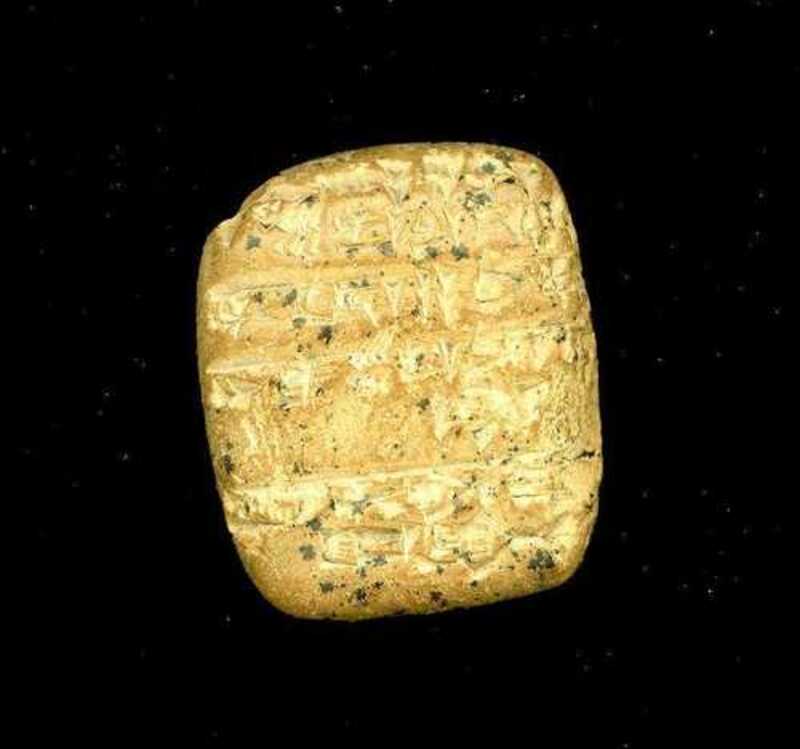While the oldest book in the library is a mere 500 years old, the oldest manuscript document in the collection is eight times older. It is a representative example of a Babylonian clay tablet.
Older than dirt, one might say, save for the fact that it is dirt, or rather clay. This small (only an inch and half tall) pillow-shaped object still holds the marks made by the scribe’s reed tool. The cuneiform characters retain their embedded meaning which is neither literary nor narrative, but records only the receipt of temple provisions. A utilitarian object with a spiritual purpose.
The invention of writing, giving birth to libraries and archives, depended on finding a reliable recording media. Clay, malleable when moist and firm when dry, was well suited to the recently urbanized inhabitants of the oasis cities surrounded by desert. A settled community, using pots for cooking and storage, found clay an excellent medium for the new skill. The new tools fostered authenticity and legitimacy of documentation.
One tablet in isolation (although the University of Idaho Library holds two), like one page in a large library, fails to give a sense of context. There are, some say, about 500,000 known clay tablets from Mesopotamia, with many more still buried in future archaeological sites. One tablet is but a memorial, a symbol of one of the greatest achievements of the ancient world: writing.
It is also an exemplar of the durability of the written word; a durability that is increasingly questioned as text, such as this, is made digital. At present there is no electronic storage device that can compare with this clay tablet for longevity.
Written in 1998 for the UI Library’s Digital Memories website.
Sources
MG 5723


